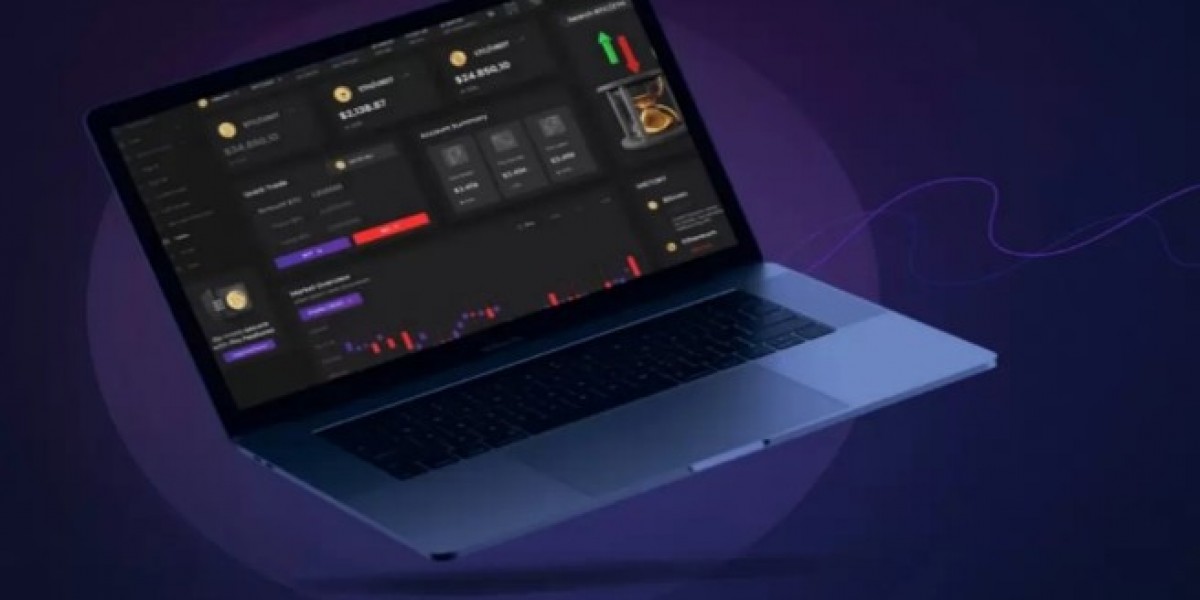Navigating the complexities of operating systems and advanced programming theory can be daunting for many students. At programminghomeworkhelp.com, we understand the challenges students face and offer help with operating system assignment to provide clarity and enhance understanding. In this blog, we delve into a couple of advanced programming theory questions, presenting comprehensive answers designed to illuminate core concepts. Our expert solutions are crafted to guide students through intricate topics with ease.
Understanding Process Synchronization and Deadlocks
Question 1: Explain the concept of process synchronization and its significance in operating systems. How does it help in preventing deadlocks?
Process synchronization is a fundamental aspect of operating system design, essential for ensuring that concurrent processes operate smoothly without conflicts. In a multi-threaded or multi-process environment, multiple processes or threads may need to access shared resources or data simultaneously. Without proper synchronization, this concurrent access can lead to race conditions, data inconsistency, and unpredictable behavior.
The core idea behind process synchronization is to manage access to shared resources so that only one process or thread can access the critical section of code at a time. Critical sections are segments of code that perform operations on shared data, and synchronization ensures that these sections are executed atomically, without interference.
Several mechanisms are used to achieve process synchronization, including:
Mutexes (Mutual Exclusions): Mutexes are locking mechanisms that prevent multiple processes from entering critical sections simultaneously. Only one process can hold a mutex at a time, ensuring exclusive access to the shared resource.
Semaphores: Semaphores are signaling mechanisms that control access to resources by using counters. They can be used to signal when resources become available or to control access based on the number of available resources.
Monitors: Monitors are high-level synchronization constructs that combine data and procedures. They automatically manage the access control to the shared data, ensuring that only one process or thread can execute within the monitor at any given time.
Process synchronization is also crucial in preventing deadlocks, which are situations where a set of processes are stuck in a state of waiting indefinitely for each other to release resources. Deadlocks occur when the following four conditions hold simultaneously: mutual exclusion, hold and wait, no preemption, and circular wait.
To prevent deadlocks, synchronization strategies can be employed:
- Deadlock Prevention: Modify the system’s resource allocation policies to prevent the occurrence of any of the necessary conditions for deadlock.
- Deadlock Avoidance: Use algorithms such as Banker's algorithm to ensure that resources are allocated in a way that avoids unsafe states.
- Deadlock Detection and Recovery: Allow deadlocks to occur, detect them, and then take corrective actions to recover from them.
In summary, process synchronization is vital for maintaining consistency and avoiding conflicts in concurrent programming. By managing access to shared resources effectively, synchronization mechanisms also play a key role in deadlock prevention and system stability.
Delving into Memory Management Techniques
Question 2: Discuss the different memory management techniques used in modern operating systems. How do these techniques impact system performance?
Memory management is a critical function of modern operating systems, responsible for efficiently allocating and managing memory resources among various processes. The choice of memory management technique can significantly impact system performance, influencing factors such as execution speed, resource utilization, and overall efficiency. Key memory management techniques include:
Paging: Paging divides the process's memory into fixed-size blocks called pages. The physical memory is divided into frames of the same size. When a process needs to access memory, the operating system loads the necessary pages into available frames. Paging allows processes to be non-contiguous in physical memory, making it easier to manage and utilize memory effectively. It also simplifies the allocation of memory and reduces fragmentation.
Segmentation: Segmentation divides a process's memory into segments based on logical divisions such as functions, data structures, or modules. Each segment can grow or shrink independently, allowing for a more flexible memory allocation compared to paging. Segmentation provides a more intuitive way to manage memory, aligning with the logical structure of the program, but it can suffer from external fragmentation.
Virtual Memory: Virtual memory extends the physical memory by using a portion of the disk as an extension of RAM. It allows processes to use more memory than is physically available by swapping data between RAM and disk storage. Virtual memory provides the illusion of a large contiguous memory space, enabling programs to run efficiently even when physical memory is limited. However, the performance can be affected by the overhead of swapping data between RAM and disk.
Demand Paging: Demand paging is a technique where pages are loaded into memory only when they are needed, rather than loading the entire process into memory at once. This technique helps to minimize memory usage and improves efficiency by loading only the necessary pages. Demand paging can reduce the startup time of processes and improve system responsiveness, but it may introduce some overhead due to page faults and disk I/O operations.
Page Replacement Algorithms: When physical memory is full, the operating system must decide which pages to evict to make room for new pages. Page replacement algorithms such as Least Recently Used (LRU), First-In-First-Out (FIFO), and Optimal Page Replacement help in making these decisions. The choice of algorithm can impact the frequency of page faults and overall system performance.
In conclusion, effective memory management techniques are essential for optimizing system performance. Techniques such as paging, segmentation, virtual memory, and demand paging help manage memory resources efficiently, reduce fragmentation, and ensure that processes have access to the memory they need. The choice of technique and algorithm can influence the speed, efficiency, and responsiveness of the operating system.
Exploring File System Organization
Question 3: Describe the file system organization in modern operating systems. How does it affect file access and management?
The file system organization is a critical component of modern operating systems, responsible for managing how files are stored, accessed, and organized on storage devices. A well-designed file system enables efficient file access and management, contributing to the overall performance of the system. Key aspects of file system organization include:
File Allocation Methods: The file system determines how files are stored on disk through various allocation methods, such as contiguous allocation, linked allocation, and indexed allocation. Contiguous allocation stores a file in a single, continuous block of disk space, which simplifies access but can lead to fragmentation. Linked allocation stores file blocks in a linked list, allowing for non-contiguous allocation but potentially increasing access time due to the need to traverse links. Indexed allocation uses an index block to keep track of file blocks, providing flexibility and efficient access but requiring additional overhead for managing the index.
Directory Structures: Directories organize files into a hierarchical structure, allowing users and applications to locate and manage files easily. Modern file systems use directory trees or file hierarchies to represent file relationships and facilitate navigation. Directory structures can be simple or complex, depending on the system’s requirements and user needs.
File Metadata: File metadata provides essential information about files, such as file name, size, creation date, and permissions. This metadata is stored in directory entries or file attributes and is used by the operating system to manage and access files. Efficient handling of metadata is crucial for file system performance and user experience.
File Access Methods: File systems support different access methods, including sequential access, random access, and direct access. Sequential access reads or writes data in a linear sequence, suitable for tasks like streaming. Random access allows for reading or writing data at arbitrary positions, useful for applications requiring quick access to specific data. Direct access, often used with indexed allocation, provides efficient file operations by allowing direct access to file blocks.
File System Maintenance: Regular maintenance tasks such as defragmentation, file system checks, and data recovery are essential for ensuring the reliability and performance of the file system. These tasks help to address issues like fragmentation, corruption, and data loss, contributing to the overall health of the file system.
In summary, the organization of the file system plays a pivotal role in file access and management. The choice of file allocation methods, directory structures, metadata handling, and access methods impacts the efficiency and performance of file operations. Understanding these aspects helps in optimizing file system performance and ensuring smooth operation.
Conclusion
Understanding complex programming theory and operating system concepts is crucial for mastering advanced programming assignments. By exploring topics such as process synchronization, memory management techniques, and file system organization, students can gain valuable insights into the inner workings of operating systems and enhance their problem-solving skills. At programminghomeworkhelp.com, we provide expert guidance and help with operating system assignment to support students in their academic journey, ensuring a deep comprehension of these intricate topics.
Our expert solutions are designed to clarify challenging concepts and offer practical insights, helping students achieve academic excellence in their programming coursework.








